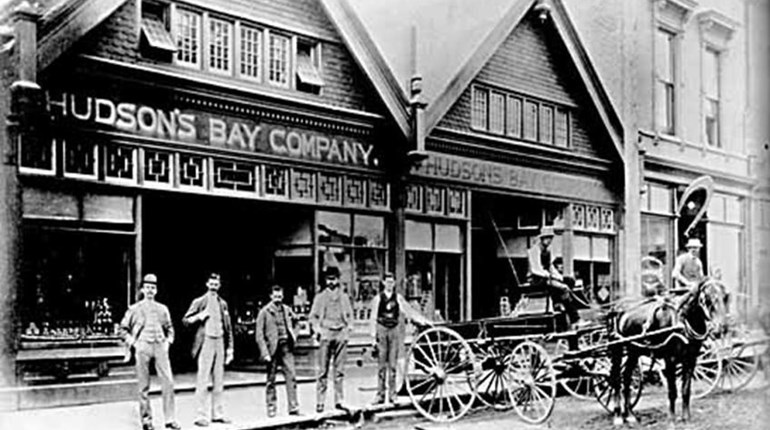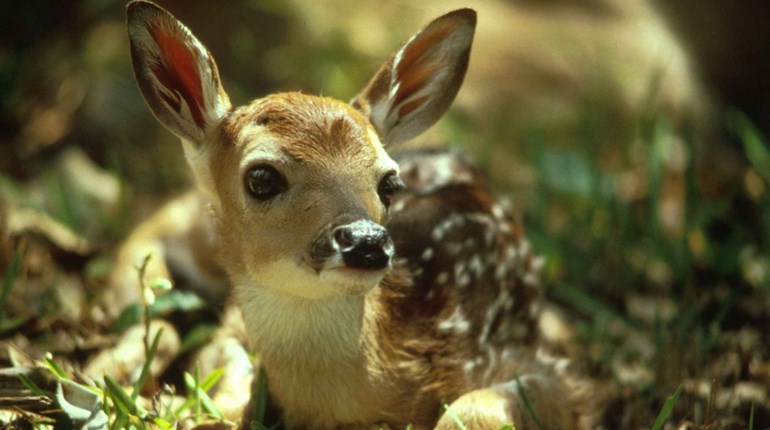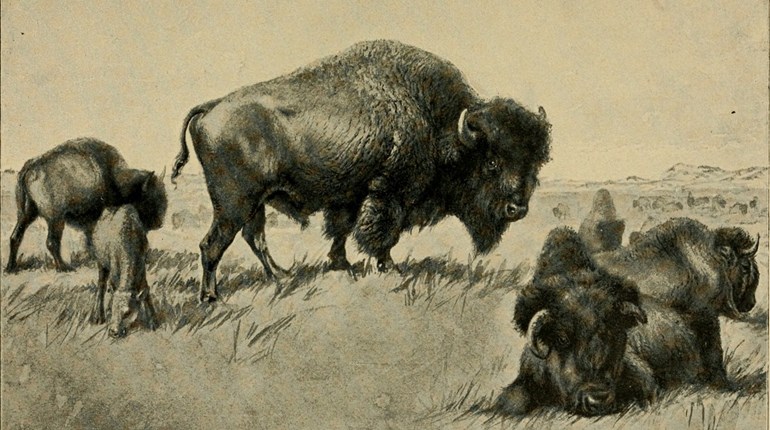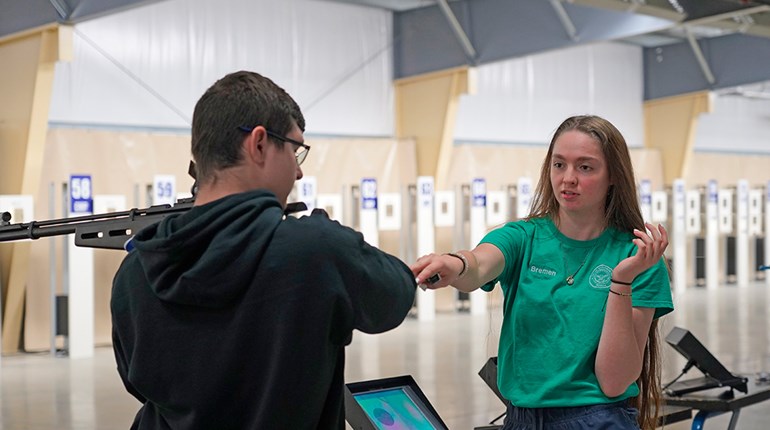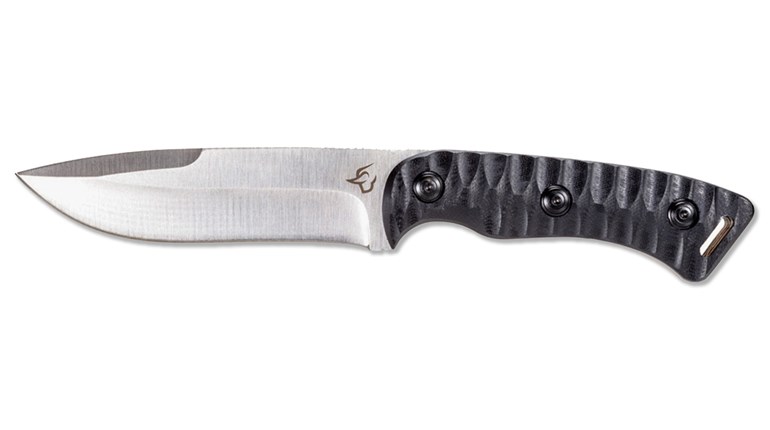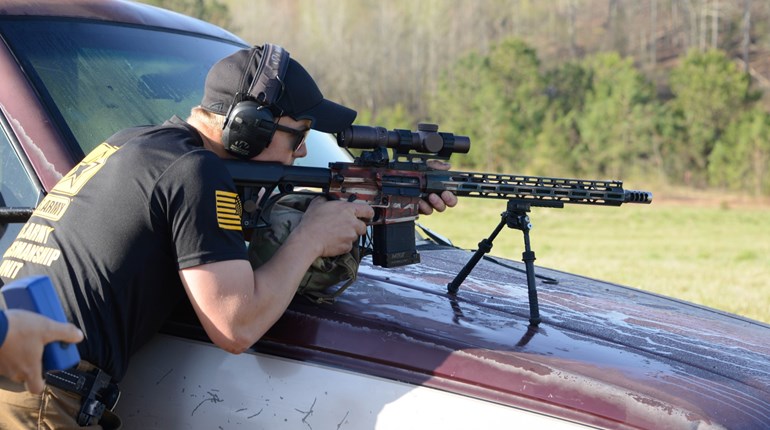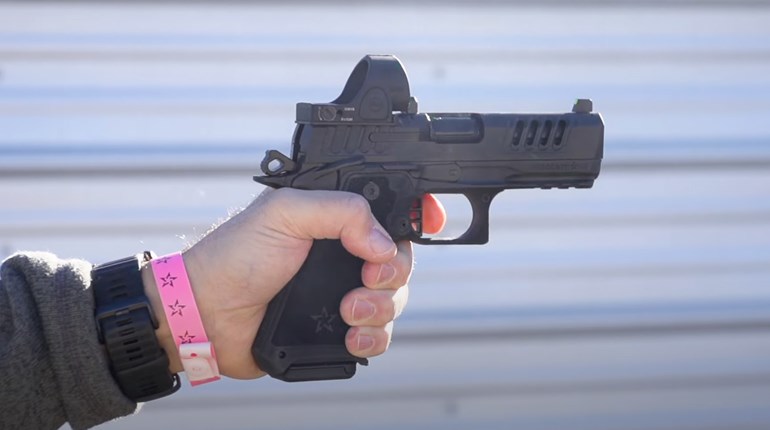
If you consider yourself an outdoors person, you’ve probably daydreamed more than once about what it would have been like to live along North America’s frontier 200 or more years ago. But regardless of what you may think, it was no Garden of Eden. Your days would have been filled with the basics of life, constantly seeking enough food, water and shelter just to survive. And whether you were a frontiersman or Native American mattered not—the wilderness was unforgiving. Death was constantly peering over your shoulder, waiting for you to make a mistake.
Today, a way to get a sense of such a harsh way of life is through various movies, like these frontier favorites. But keep in mind these flicks are Hollywood’s version of the wilderness, which may or may not square with history. Still, I believe they do a good job of portraying the American frontier in all its beauty and brutality.
The Revenant
Based on the true story of mountain man Hugh Glass, The Revenant stars Leonardo DiCaprio and Tom Hardy, and was released in 2015. (By the way, a revenant is a dead person believed to have come back to life as a ghost.)
It was September, 1823, and Glass was traveling with a group of trappers in what would one day become the northwest corner of South Dakota when he was attacked and severely mauled by a grizzly bear. Expected to soon die from his injuries, the group left two men behind to bury Glass, while the remainder of the group moved on. But Glass clung to life day after day, and the two men charged with burying him became spooked by the presence of hostile Indians, so they took Glass’s rifle and other equipment and...left him.
What happened next has become the stuff of Western legend. Hugh Glass miraculously survived and began crawling, then hobbling, then eventually walking upright again, traveling some 200 miles to Fort Kiowa. He eventually confronted the two men who had left him for dead, one of them being young Jim Bridger, who would one day become a famous mountain man in his own right. Glass forgave Bridger, but not the older man, John Fitzgerald, who had by then joined the U. S. Army. Glass located Fitzgerald, but reasoned that if he killed him he (Glass) would be hanged for murder. So after giving Fitzgerald a severe tongue lashing Glass simply walked away.
But that’s not what happens in the movie...
The Last of the Mohicans
Based on the famous novel written in 1826 by James Fennimore Cooper, The Last of the Mohicans starring Daniel Day-Lewis and Madeleine Stowe was released in 1992. The main characters of the book and movie are the same, but the two stories ultimately take different paths.
Hawkeye, the consummate frontiersman, is the adopted white son of the Mohican Indian chief Chingachgook, and Uncas is Chingachgook’s Indian son—literally the last of the Mohicans. The trio fights warriors of enemy tribes, saves damsels, and ultimately faces off against the Huron Indian war chief Magua, played by Wes Studi. Set in 1757 during the French and Indian War, the movie takes place in the rugged Adirondack Mountains that one day will become part of upstate New York.
Particularly well done in the movie is the attention to detail in the frontier-period costuming and weaponry. For instance, according to Wikipedia, American Bladesmith Society master bladesmith Daniel Winkler made the tomahawks used in the film, and knifemaker Randall King made the knives. Wayne Watson is the maker of Hawkeye’s flintlock rifle, “Killdeer.” The gunstock war club made for Chingachgook was created by Jim Yellow Eagle. And Magua’s tomahawk was made by Fred A. Mitchell of Odin Forge & Fabrication.
Dances with Wolves
Starring, directed and produced by Kevin Costner, Dances with Wolves was released in 1990 and won seven Academy Awards, including Best Picture. It’s the fictional story of John Dunbar, a Union Army Lieutenant who survives being wounded during the Civil War, is commended for bravery, and rewarded with an assignment of his choice.
He chooses to head west of the Mississippi, to experience the American West before it changes forever. In so doing, Dunbar develops a close, friendly relationship with a group of Lakota Sioux Indians. He also falls in love with Stands With A Fist, a white woman member of the tribe who was captured by the Sioux as a child.
One of the more memorable and exciting scenes of the three-hour movie is the buffalo hunt. Filmed at the Triple U Buffalo Ranch near Fort Pierre, South Dakota, Dunbar (Costner) is invited to join the Indians for a hunt and ends up saving the life of a young Indian boy. The boy is knocked from his horse during the hunt by the stampeding buffalo herd, and Dunbar comes to the rescue by firing shot after shot from his lever-action Winchester into a charging bison bull. The bull finally falls dead and slides to a nose-first stop at the feet of the Indian boy.
Jeremiah Johnson
This classic frontier flick starring Robert Redford, released in 1972, is based loosely on the life of actual mountain man Liver-Eating Johnson. It’s the story of a young man who wants to become a mountain man in the American West but has no idea how to go about it, and nearly dies trying to learn.
Johnson is eventually mentored by “Bear Claw” Chris Lapp (played by actor Will Geer), a veteran mountain man who got his nickname trapping grizzly bears and collecting their claws for necklaces. A scene in which Bear Claw, as a joke, has a wild grizzly intentionally chase him into a cabin where Johnson (Redford) is staying may be humorous but is extremely hokey and detracts from the realism of the story.
However, there are other humorous scenes in the film more true to life. For instance, Johnson comes across another mountain man, Del Gue, who has been buried up to his neck in desert sand by Indians and left to die. Before digging him out, Johnson asks Gue nonchalantly, “Indians do this to ya?
To which Gue replies, “Well, t'weren’t Mormons.” Gue then adds contemplatively, “But I got a good horse and saddle under me.”













